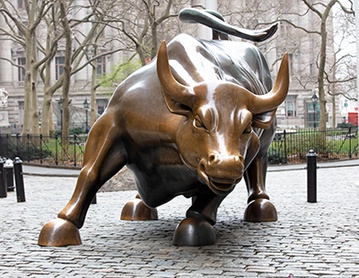In my view, the resolution was so unsatisfying because the blame for the crisis stretched far. There was no single institution or even sector that single-handedly caused the problem; many, many people and institutions played a part.
- Ordinary homeowners sought mortgages they couldn't really afford.
- Mortgage brokers sold mortgages to people with very poor finances, who probably should not have been in the mortgage market at all.
- Originate-and-sell lenders didn't particularly scrutinize the mortgages they were issuing, because they could always sell them on.
- Investment banks sliced and diced pools of increasingly crappy mortgages into ever more baroque bonds, without a proper analysis of systemic risk.
- Bond rating agencies went along with what the banks were building, happy to rate them AAA as long as they collected their fees.
- Institutional investors bought the baroque bonds based on ratings alone, without scrutinizing the internals.
- The US Fed kept interest rates low for a long, long time, exacerbating the housing bubble that drove the system.
Who was to blame? All of them? None of them? Probably all of them, to some extent. But with no clear villain, there was no one to punish, and no sector which could be targeted for clear reforms. Hence the dissatisfaction.

No comments:
Post a Comment